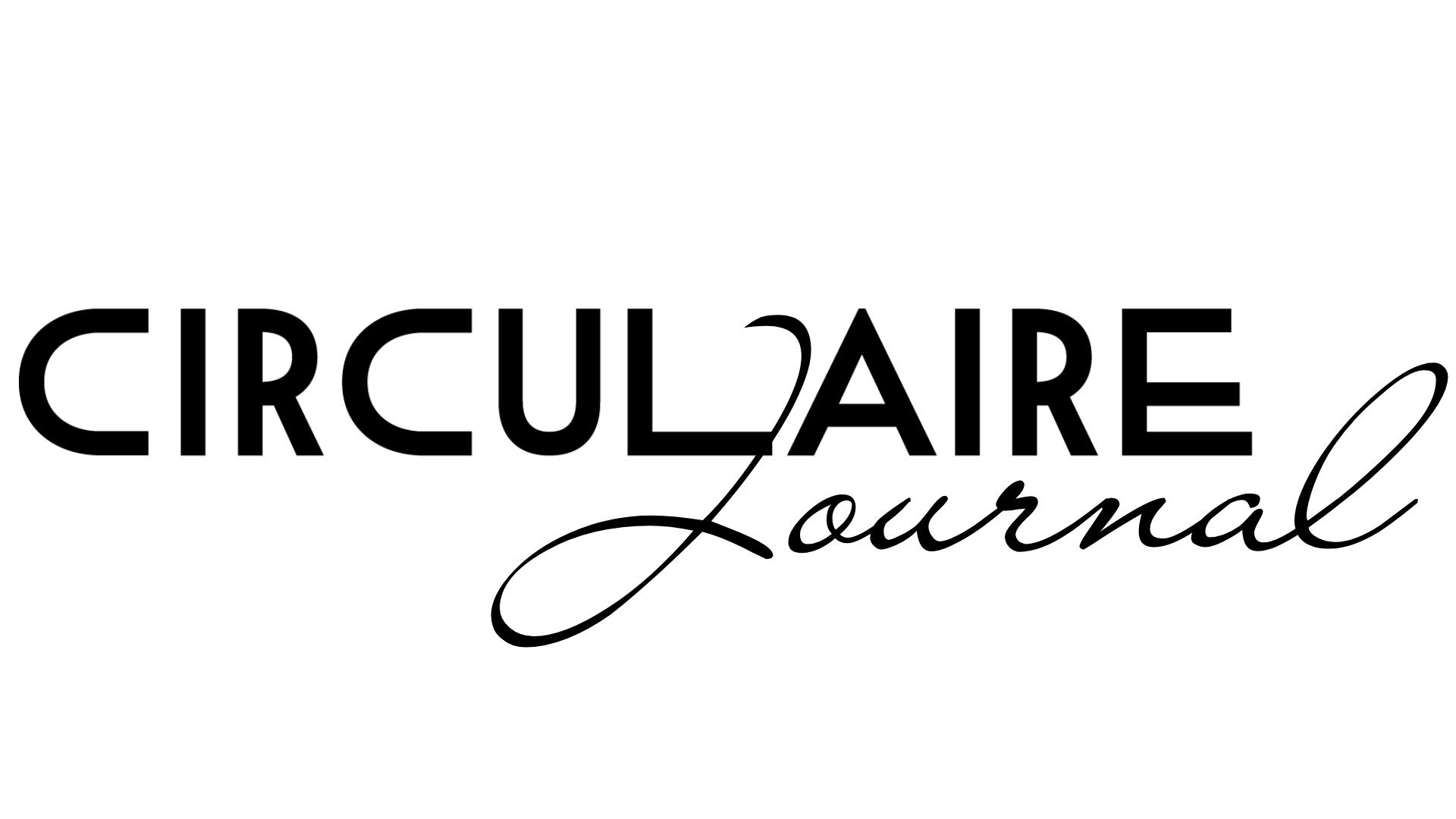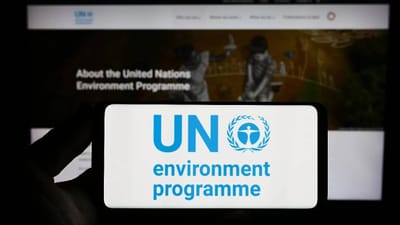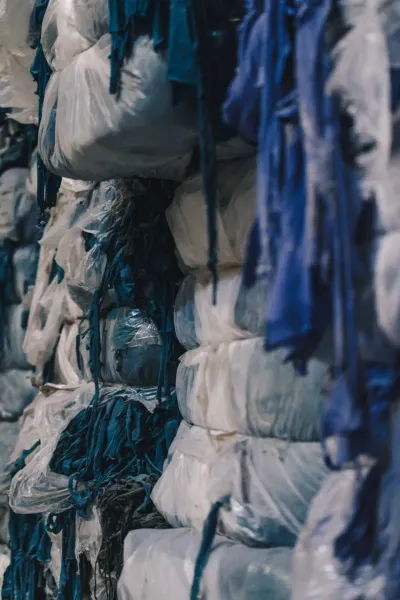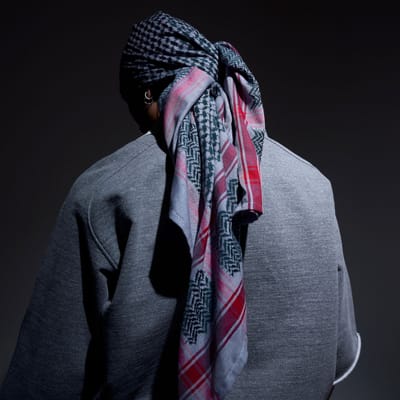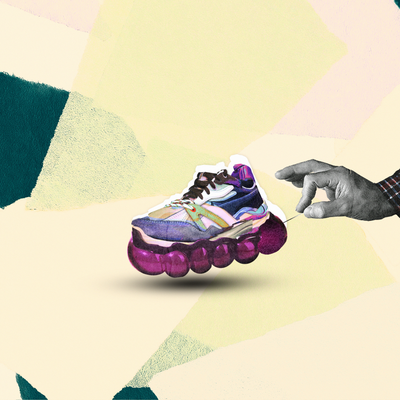When learning about sustainability, we are told that there are sustainable and unsustainable fabrics. But there is much more to it than that, just because a fibre is naturally grown it does not mean that the finished fabric is sustainable. There are many questions we need to ask when determining if a fabric is sustainable; How and where the fibre is grown? Are pesticides used during its growth process? How much water is used in the production, and can it be re-used? What chemicals are used? How safe is the work environment for the workers? Are the workers given the correct protective gear? And the list of questions can go on.
The utilisation of bamboo began around 5000 years ago in China. During these years bamboo has been used for varying things, from arrowheads and pens to food and paper-making. The earliest record of bamboo being used in the production of clothes is from 1864, when a patent specified producing bamboo and integrating it into the production of clothes, mats and paper.
In 2001, at Beijing University, bamboo was materialised into cloth for the first time. Since then, the manufacturing and production process of bamboo has grown, and with the help of technology, bamboo fabric is today produced at affordable rates.
Bamboo is a natural fibre, and has in recent years become a fabric given a sustainable label by many fashion brands, but when we look closer is this actually the case? Has the affordable production rate with the character of being a natural fibre, made it an easy selling point for brands? While some bamboo fabrics are sustainable and ethically produced, other types are harmful to the environment and the workers who make them. This makes it important to know the difference to ensure it is actually sustainable.
We will look at the fabric characteristics, its production process and if you should actually buy clothes made from bamboo.
Growth and harvest

Bamboo is usually grown and harvested on managed farms, it is easy to grow in a wide variety of climates, the growth and cultivation have minimal impact on the environment and it generally requires no chemical pesticides and fertilisers to grow. The largest producers and exporters of bamboo is China, India, Pakistan and Indonesia. While in theory bamboo is easy to grow, which makes the environmental impact smaller, the modern demand for bamboo led many Chinese manufacturers to cut down naturally grown forests to plant bamboo. To combat this the Chinese Communist Party enforced regulations against this in the 90s.
“From an agricultural view we often lack sufficient info about how the bamboo is grown as it is a fibre that can push out indigenous plants due to its deep rooting system,” Nina Marenzi, founder of The Sustainable Angle and Future Fabrics Expo says. “We do not have much bamboo in the Future Fabrics Expo. Processing is often questionable from a chemical point of view, so it depends on how it is cultivated and processed, we don’t see many examples.” The Sustainable Angle is a non-profit initiating and supporting sustainable projects in fashion and textiles, among other things. In 2010 they started The Future Fabrics Expo, a showcase of innovative and sustainable material solutions for the fashion industry.
The different types of bamboo fabric
- Bamboo viscose (rayon): the reason bamboo is present is because it reduces manufacturing costs. The benefit of bamboo is not present in the final textile.
- Bamboo lyocell: while this is similar to viscose, it is produced with the closed-loop production process. The chemical structure of the bamboo fibre is not altered during this method, because of this many of the beneficial qualities of bamboo are preserved.
- Mechanically produced bamboo: this is the only type of bamboo fabric that can be considered “true” bamboo fabric. It is more expensive and time-consuming to produce, but just like bamboo lyocell, it preserves many of the beneficial qualities.
While this all may be a bit confusing with all of the different names, it is important to note that the most common bamboo textile is bamboo rayon, which uses large quantities of water, toxic dyes and finishing chemicals. Bamboo lyocell uses fewer toxic chemicals and a closed-loop manufacturing process. Bamboo linen which is mechanically produced uses significantly less chemicals, water and energy.
Production process
Bamboo fabric can be produced using a number of different methods, but there are three main parts of production the bamboo goes through according to Sewport.
- The bamboo cellulose is extracted. Cellulose is the main substance found in plant cells.
- The bamboo fibres are then soaked in a natural enzyme solution.
- The last step is to wash and spin the fibres into yarn, which can then be woven into fabric.

Bamboo viscose is the most common and cheapest to produce a version of the textile. Viscose refers to fabric made using the viscose methods developed in the early 20th century. This method has environmental downsides and the production includes workplace hazards. Viscose is the newest version of rayon, which is a semi-synthetic fabric. Viscose rayon has a long and wasteful production.
Zahlen Titcomb, the founder of Ravel, a company that uses technology solutions to combat textile waste, explains that “Bamboo fabric is typically what’s referred to as an MMCF or a man-made cellulosic fibre, sometimes they are called semi-synthetics. It can’t be easily mechanically recycled.”
When fabric is produced there is waste left behind after the production. The waste left behind from viscose rayon is contaminated with carbon disulfide, a toxic chemical that can cause a variety of health problems. Almost all of the different ways viscose rayon is produced include harmful chemicals.
Bamboo cellulose can also be produced in a closed-loop process, the solvents used in this method can be re-used several times, which significantly reduces the environmental impact. When this production system is used the finished bamboo fabric is deemed organic. Bamboo linen is produced in a way that is not harmful to the environment. Instead of extracting cellulose, a natural enzyme is used on crushed bamboo wood fibres.
These fibres are then washed and spun into yarn. Bamboo linen is more labour-intensive and costly than other chemically produced bamboo fabrics. It is important to remember that only bamboo fabric made with the mechanical production process has the beneficial properties that make bamboo fabric desired by consumers. Most bamboo fabric is not made using this closed-loop mechanical system, it is made using a chemical process.
To extract the cellulose from the bamboo, toxic chemicals are used. Lye, which is a sodium hydroxide, transforms bamboo wood into a substance suitable for the cellulose extraction. In the production process, carbon disulfide is used, and it is impossible to recapture these toxic chemicals once it has been used. Additional processing of bamboo can include bleaching, softeners, wrinkle-resistors and dyes. These processes often include large volumes of water, energy and other harmful chemicals.
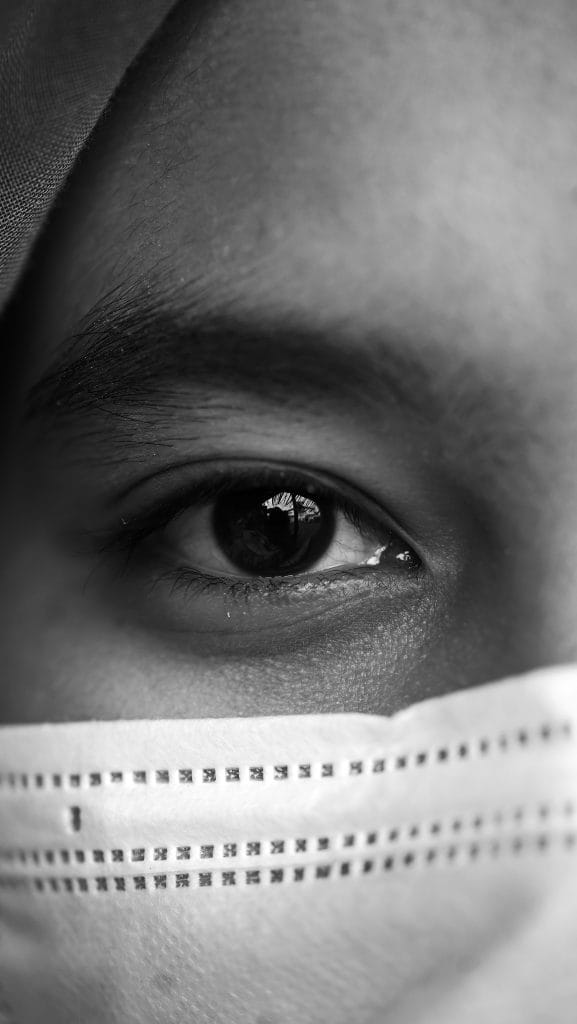
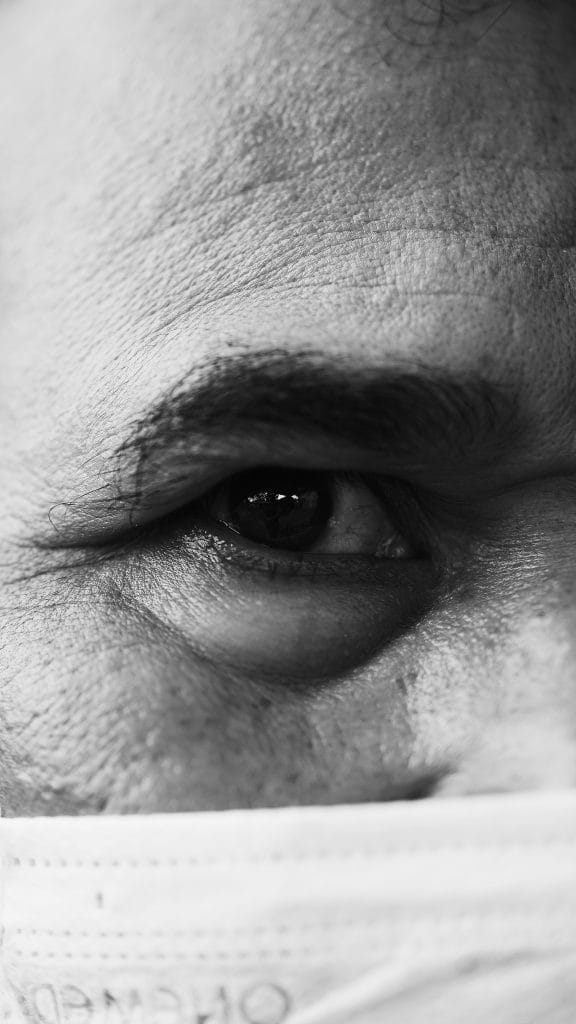
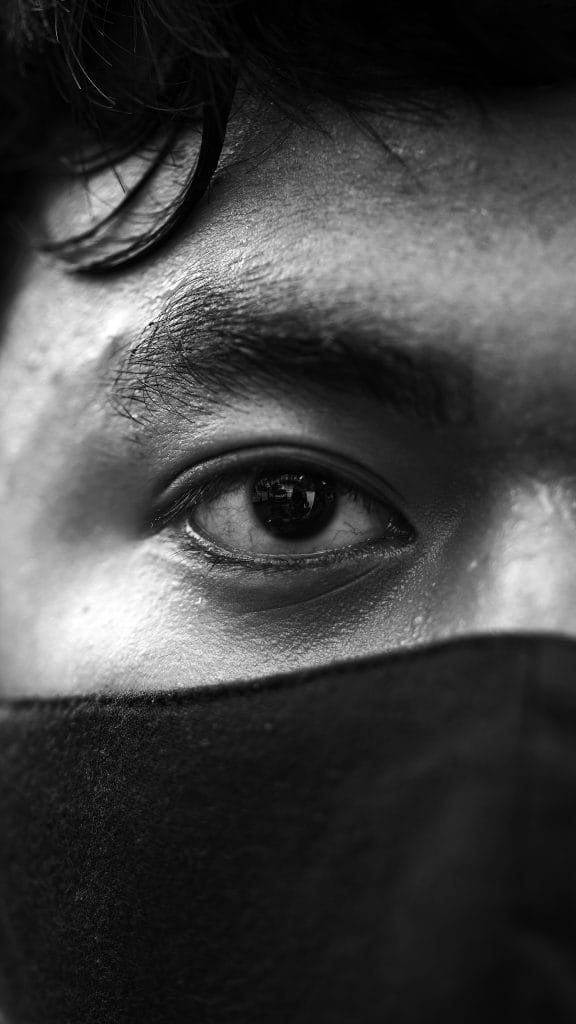
Image courtesy of Rendy Novantino via Unsplash
The most common bamboo textile is bamboo rayon, the production of this textile can expose factory workers to gaseous carbon disulfide that is emitted during the chemical production process. While the chemicals used in the production of bamboo viscose is not present in the finished textile, the workers in the factories are exposed to many of the life-threatening toxins used. Titcomb explains that “semi-synthetic fibre producers are overseas, which correlates with more lax environmental regulations around manufacturing conditions and effluents.”
Paul D. Blanc, a teacher in occupational and environmental medicine in the US has said that viscose rayon production can be linked to widespread, severe and often lethal illness among the factory workers. Many workers have been diagnosed with insanity caused by poisoning, nerve damage, Parkinson’s disease, heart diseases and strokes. In China, for example, there are legal limits set by the government, but it is far above the safety limit indicated by medical scientists.
Why is bamboo fabric a good choice?
Bamboo fabric is sustainable from the point of view that it is easy to grow and does not require any toxins or big quantities of water to grow. It is often used for the same items that cotton is used for which makes it a good alternative if it is ethically and sustainably produced.
If the bamboo fabric is untreated, it is completely biodegradable. “When looking at the recyclability and reusability of bamboo fabric, many factors are important, including dyes and what it is blended with,” explains Titcomb. “Most bamboo fabric, if it does see a second life, ends up ‘downcycled’ into insulation or padding, which ends up in a landfill. It is best to keep high-quality products in circulation, repair them and resell them.”Bamboo fabric is highly breathable and is stretchier than cotton. It can be machine washed and should be hang-dried to combat wrinkles. Genuine bamboo fibre can be produced with methods that are not harmful to workers and the environment. When buying bamboo garments, it is important to choose genuine fibres
Why is bamboo fabric not sustainable?
Most bamboo fabric circulating on the market is viscose rayon, which is chemically produced. This is extremely harmful to factory workers and also means that the positive aspect of the bamboo fibre being biodegradable, loses its worth. “Even if the compostable or the decomposing parts are able to degrade, any of the treatments or industrial and commercial additives will still leech into the soil,” says Titcomb. Semi-synthetic bamboo fabric is cheaper to produce, this de-creased cost is often passed on to the consumer, which is a tell-tale sign that the “sustainable” bamboo garments advertised at low prices are most likely not sustainable.
What you should know
- Look for mechanically- and closed-loop-produced bamboo fabric. Bamboo lyocell and Bamboo linen are good choices.
- Be wary of companies that claim to offer organic bamboo rayon, a bamboo fabric made with the viscose rayon process is transformed into a semi-synthetic fabric, it is impossible for bamboo rayon to be organic.
- Sustainable and ethically produced bamboo fabric is not cheap, it has a longer and more labour intensive production process which makes the consumer price higher. So do not fall for fast fashion brands claiming “sustainable” bamboo, look at what kind of bamboo fabric it actually is.
- If a brand claims their bamboo has antibacterial properties, recent research has indicated they are only majorly present in the raw product.
The verdict
Bamboo in itself is an amazing natural fibre that can be used for many things, but the most common bamboo fabric is harmful to both the factory workers and the environment. Be wary of claims made by companies and always check the material tags. While bamboo fabric has many amazing qualities, claims such as the textile being anti-UV and antibacterial have no confirmed research proving this, so once again, be wary of claims made by companies.
“Buy less stuff, wear it longer, and repair it,” says Titcomb. “And when you are done, donate it into a system that has folks like Ravel on the other end to reclaim the value from the waste.”
